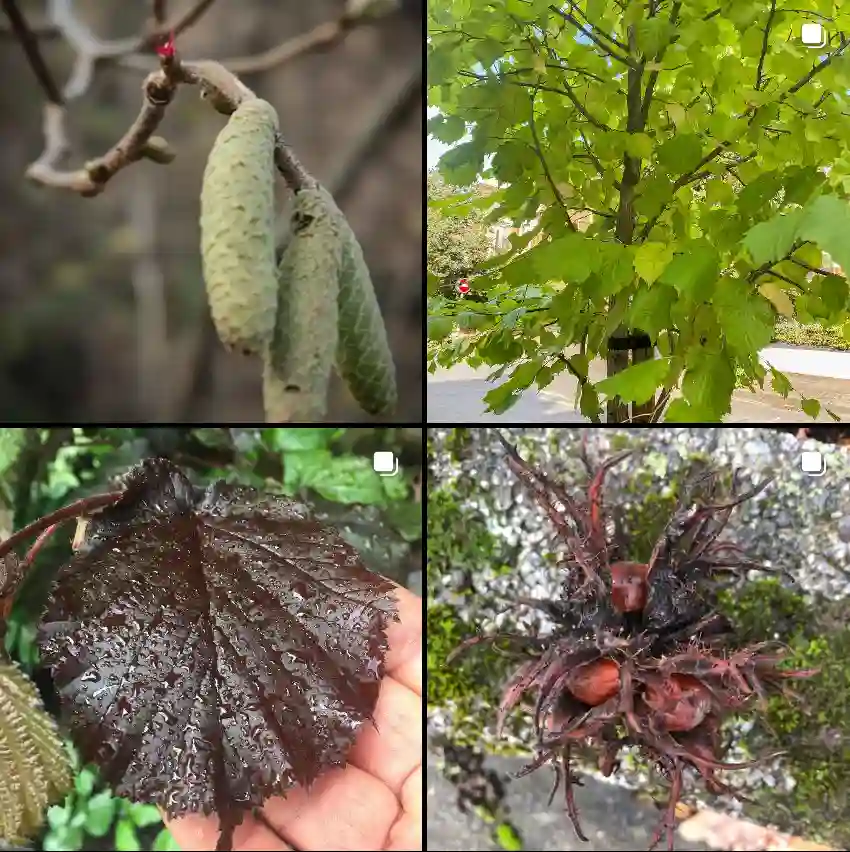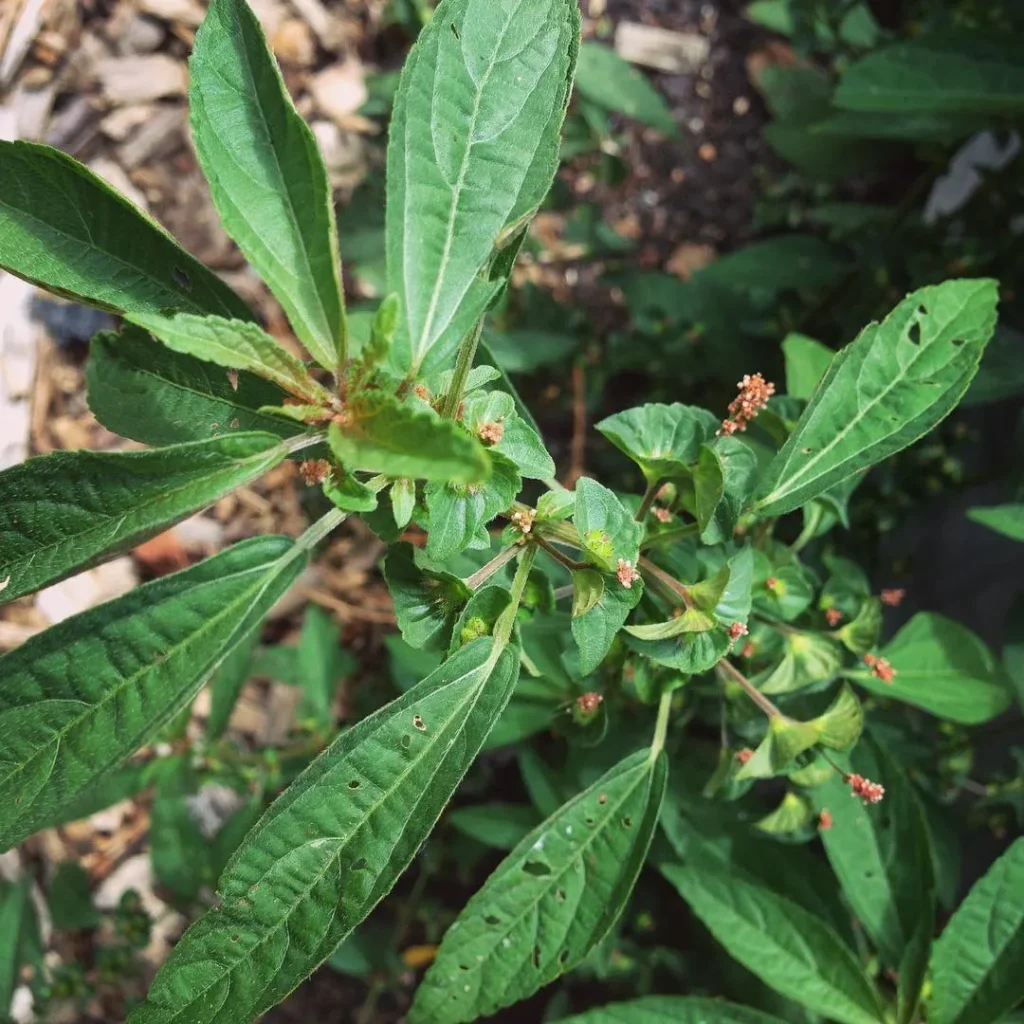
What is rye grass?
Rye grass is like a green carpet that covers the fields where I grew up. I remember running barefoot through it as a kid, feeling the soft blades tickle my feet. It’s one of those things that might seem mundane to some, but for me, it’s filled with memories of lazy summer afternoons and the smell of freshly cut grass. Rye grass isn’t just a plant; it’s a part of the landscape that shaped my childhood, and it holds a special place in my heart.
What does rye grass look like?
Rye grass is a vibrant green with long, slender blades that sway gently in the wind. When it’s well-tended and healthy, it forms a lush carpet over fields and lawns, creating a soothing and picturesque sight. I remember the way it would shimmer in the sunlight, almost like it was dancing as the breeze swept through it. Up close, you can see the intricate patterns of veins running through each blade, giving it a delicate yet resilient appearance. It’s a simple yet beautiful plant that adds a touch of nature’s elegance to any landscape.
When to plant rye grass?
Planting rye grass is all about timing, and it’s something I’ve learned through trial and error over the years. Typically, the best time to plant rye grass is in the late summer or early fall when temperatures start to cool down. I remember my dad and I would wait for that perfect window of opportunity, usually around September or October, to sow the seeds. This timing allows the grass to establish itself before the harsh winter sets in, giving it a better chance of thriving come springtime. Plus, planting in the fall means you get to enjoy a lush, green lawn during the cooler months when other grasses may go dormant. It’s all about finding that sweet spot between the end of summer heat and the onset of frost.
How to plant rye grass?
Planting rye grass is a process that requires a bit of preparation and care, but the results are worth it. First, I like to start by preparing the soil, making sure it’s loose and free of debris. Then, I spread the rye grass seeds evenly over the area, using a spreader to ensure good coverage. After that, I lightly rake the seeds into the soil to ensure good seed-to-soil contact. It’s important not to bury the seeds too deep, just a quarter-inch or so is enough. Once the seeds are in place, I water the area thoroughly to help them germinate. From there, it’s all about patience and regular watering to keep the soil moist until the grass starts to sprout. It’s a simple process, but it requires attention to detail to get it just right.
When to sow rye grass?
Sowing rye grass is all about timing, and I’ve found that the best time to do it depends on the specific climate and growing conditions in your area. Generally, for cool-season grasses like rye grass, the optimal time to sow is in the early fall or late winter. In my experience, sowing in the early fall, around September or October, works well because it gives the seeds time to establish before the cold of winter sets in. However, if you’re in a region with mild winters, late winter sowing, around February or March, can also be effective. The key is to avoid extreme temperatures and to give the grass enough time to grow before the onset of harsh weather conditions.
Can horses eat rye grass?
Yes, horses can eat rye grass, but there are some important considerations to keep in mind. While rye grass can be a nutritious forage option for horses, it’s crucial to ensure that it’s free from any molds or toxins that could be harmful to them. Additionally, it’s best to introduce rye grass gradually into a horse’s diet to prevent digestive upset. Some horses may also be sensitive to certain types of grasses, so it’s always a good idea to monitor their health and behavior when introducing new forage. Overall, rye grass can be a valuable addition to a horse’s diet when managed properly and fed in moderation.
Do deer eat rye grass?
Yes, deer do eat rye grass, especially during the fall and winter months when other forage options may become scarce. Rye grass is a common choice for deer because it’s relatively easy to find and provides nutritional value, particularly when other vegetation is not as readily available. I’ve observed deer grazing on rye grass fields in the early mornings or evenings, taking advantage of its lush and green foliage. However, it’s worth noting that deer may prefer other forage options over rye grass if they’re readily available, so its consumption can vary depending on factors such as local habitat and seasonal food availability.
Does winter rye grass die in the summer?
Winter rye grass is indeed a cool-season grass, meaning it thrives in cooler temperatures and may struggle in hot summer conditions. In many regions, winter rye grass will begin to decline as temperatures rise in late spring and summer. Without sufficient moisture and cooler temperatures, winter rye grass may go dormant or die off during the summer months. However, some varieties of rye grass, such as perennial ryegrass, may have better heat tolerance and can persist through the summer with proper care and irrigation. It’s essential to consider the specific type of rye grass and the climate conditions in your area when planning for its growth and maintenance throughout the year.
Does rye grass reseed itself?
Yes, rye grass has the ability to reseed itself under the right conditions. As the grass matures and produces seed heads, these seeds can fall onto the soil and germinate when conditions are favorable, leading to new growth without the need for human intervention. This self-seeding characteristic can be advantageous for maintaining a healthy stand of rye grass over time, as it allows the grass to regenerate naturally. However, the extent to which rye grass reseeds itself can vary depending on factors such as climate, soil conditions, and the presence of competing vegetation. Proper management practices, such as mowing and fertilization, can also influence the ability of rye grass to reseed itself effectively.
How much rye grass seed per acre?
The amount of rye grass seed needed per acre can vary depending on factors such as the specific variety of rye grass, soil conditions, climate, and desired coverage density. As a general guideline, for overseeding an existing lawn with rye grass, you might typically use around 5 to 10 pounds of seed per acre. However, for establishing a new lawn or pasture with rye grass, a higher seeding rate of around 20 to 30 pounds per acre may be recommended to achieve optimal coverage and density. It’s always a good idea to consult with local agricultural extension services or seed suppliers for specific recommendations tailored to your area and intended use. Additionally, factors such as seed purity and germination rates should also be taken into consideration when determining the appropriate seeding rate.
Does rye grass grow in shade?
Yes, rye grass can tolerate some shade, but its growth and overall health may be affected depending on the extent of the shade and other environmental conditions. While rye grass generally prefers full sun for optimal growth, it can still survive and even thrive in partially shaded areas, such as those under trees or buildings. In my experience, I’ve noticed that rye grass in shaded areas may exhibit slower growth and thinner foliage compared to grass in full sun. Additionally, shaded areas may be more prone to issues such as moisture retention and competition from other vegetation, which can further impact rye grass growth. Overall, while rye grass can tolerate some shade, providing adequate sunlight and proper care will help ensure the best results.
Can chickens eat rye grass?
Yes, chickens can eat rye grass, and it can be a nutritious addition to their diet. Rye grass provides a source of fiber, vitamins, and minerals that can contribute to the overall health of chickens. In my experience, chickens enjoy pecking at fresh rye grass, especially when it’s young and tender. However, it’s essential to offer rye grass in moderation and ensure that it’s free from any pesticides or contaminants that could harm the chickens. Additionally, allowing chickens to graze on rye grass in a controlled manner can provide enrichment and stimulation for them, as they engage in natural foraging behavior. Overall, rye grass can be a beneficial and enjoyable part of a chicken’s diet when offered safely and appropriately.
Can goats eat rye grass?
Yes, goats can eat rye grass, and it can be a valuable part of their diet. Rye grass provides a good source of nutrition for goats, offering essential vitamins, minerals, and fiber. In my experience, goats typically enjoy grazing on rye grass, especially when it’s young and tender. However, as with any forage, it’s important to ensure that the rye grass is free from any toxins or contaminants that could harm the goats. Additionally, while rye grass can be a nutritious option for goats, it should be offered as part of a varied diet that includes other types of forage and supplements to meet their nutritional needs fully. Overall, rye grass can be a beneficial component of a goat’s diet when provided safely and in moderation.
When to plant rye grass in Georgia?
Well, having lived in Georgia for a good part of my life, I’ve learned that the best time to plant rye grass here is in the early fall, usually around September or October. Georgia tends to have hot summers, and planting in the fall gives the grass a chance to establish itself before the cold of winter sets in. I remember my dad and I would always wait for that first cool spell to sow the seeds, ensuring they had enough time to take root and grow strong before the harsher weather arrived. Plus, planting in the fall means we get to enjoy a lush, green lawn throughout the cooler months, which is always a treat.
When to plant rye grass in Texas?
Living in Texas for a while, I’ve found that the best time to plant rye grass here varies depending on which part of the state you’re in. In the northern regions, where winters can be colder, planting in late summer or early fall, around September or October, is ideal. This timing allows the grass to establish itself before the colder temperatures set in. However, in the southern parts of Texas, where winters are milder, you might have success planting rye grass in late fall or even early winter. I remember discussing this with my neighbors, and we found that adjusting our planting times based on local climate conditions made a big difference in the success of our lawns.
When to plant rye grass in Florida?
Having spent some time in Florida, I’ve learned that the best time to plant rye grass there is in the late fall or early winter. Florida’s hot and humid climate can make it challenging for cool-season grasses like rye grass to thrive during the summer months. Planting in the fall or winter allows the grass to establish itself before the heat of summer arrives. I remember working on my lawn in Florida and finding that planting rye grass in November or December gave it the best chance of success, as it had cooler temperatures and ample moisture to get started.
When to plant rye grass in South Carolina?
My experiences in South Carolina have taught me that the best time to plant rye grass here is also in the early fall, similar to Georgia. The cooler temperatures and regular rainfall during the fall months create ideal conditions for rye grass to germinate and establish itself. I recall working on a landscaping project in South Carolina, and we always aimed to plant rye grass in September or October to take advantage of the favorable weather conditions. This timing ensured that the grass had enough time to grow strong before the colder winter temperatures arrived.
If i die, water my plants!



